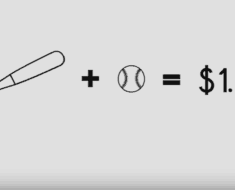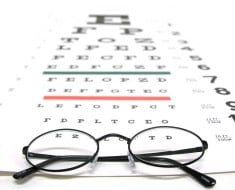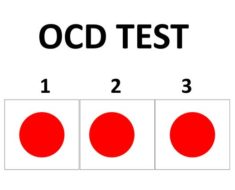Color blindness is said to affect about one in 12 men and one in 200 women worldwide.1 However, most of these sufferers aren’t completely color blind, which is actually a condition called achromatopsia, and refers to people who can only see in black and white or shades of gray.
More common is “color vision deficiency,” which refers to the inability to distinguish between certain shades of color (usually shades of red and greens, but sometimes blues and yellows).
While people with normal vision can distinguish about 100 color hues, someone with color vision deficiency may only see 20.2 According to the American Optometric Association (AOA), “very few people are completely color blind.”3
Do You Have Color Vision Deficiency? Take This Test to Find Out
The Farnsworth-Munsell 100 hue test is one of the most well-known color blindness and color vision deficiency tests available. It involves sorting color plates by shade, which requires you to differentiate between colors and slight hue variations.
It consists of 88 color plates arranged in four batches of 22. They’re to be arranged so the colors appear to change gradually in steps. You can even take the test online.
If your color vision is normal, you’ll probably get a perfect score or make just a few errors. Those with color vision deficiency will have increasing numbers of errors depending on the severity of the deficiency.
It’s not a perfectly reliable way to diagnose color vision deficiency, especially given the variations that can occur due to computer monitor settings and ambient light conditions. However, it can give you an indication of where your color vision stands. If you have any doubts, visit an eye doctor to have your vision screened. – via Mercola.com






















